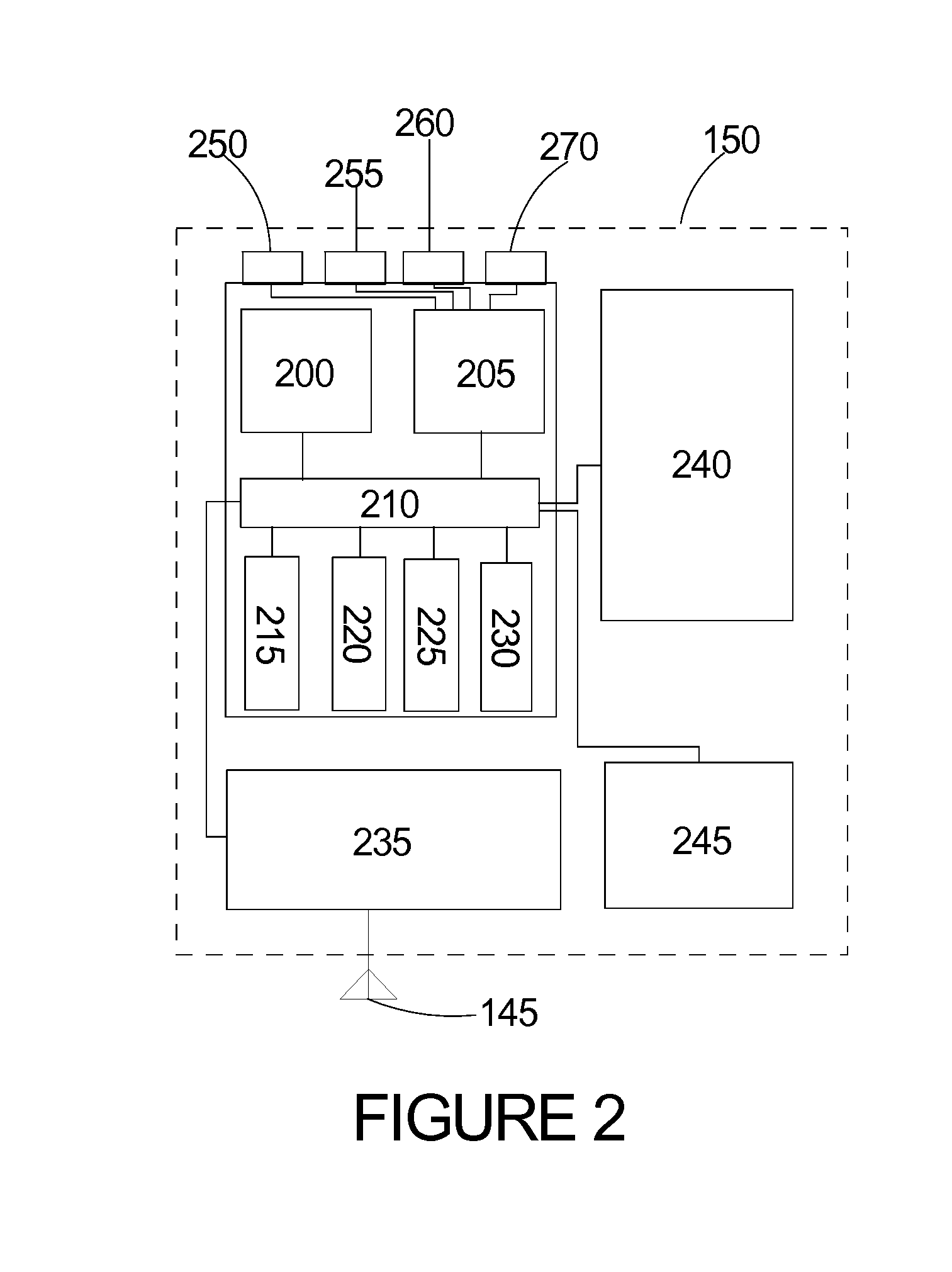Wireless, battery-powered, photovoltaically charged and monitored runway-based aircraft identification system and method
a technology of which is applied in the field of wireless, battery-powered, photovoltaic charging and monitoring, runway-based system and method, can solve the problems of inadvertently turning off the transponder on larger commercial aircraft, expensive and complex equipment, and many airports averse to tapping into the runway lighting system for electrical power
- Summary
- Abstract
- Description
- Claims
- Application Information
AI Technical Summary
Benefits of technology
Problems solved by technology
Method used
Image
Examples
Embodiment Construction
[0023]Referring to the Figures, in which like parts are indicated with the same reference numerals, various views of an exemplary wireless, battery-powered, photovoltaically charged and monitored, runway-based system and method configured to capture images of identification characters on arriving and departing aircraft, digitize the imaged identification information, wirelessly communicate the images and / or digital information to a remote location, monitor the charge status of the system and communicate alert signals to the remote location if a charge malfunction is detected according to principles of the invention are shown. Referring first to FIG. 1, the exemplary system includes three subsystems (also referred to herein as systems), namely a power supply subsystem 100, an image capture and communication subsystem 130, and a remote base station 160.
[0024]The system is designed to operate 24 hours a day, in all weather and lighting conditions. As the image capture and communication...
PUM
 Login to View More
Login to View More Abstract
Description
Claims
Application Information
 Login to View More
Login to View More - R&D
- Intellectual Property
- Life Sciences
- Materials
- Tech Scout
- Unparalleled Data Quality
- Higher Quality Content
- 60% Fewer Hallucinations
Browse by: Latest US Patents, China's latest patents, Technical Efficacy Thesaurus, Application Domain, Technology Topic, Popular Technical Reports.
© 2025 PatSnap. All rights reserved.Legal|Privacy policy|Modern Slavery Act Transparency Statement|Sitemap|About US| Contact US: help@patsnap.com



